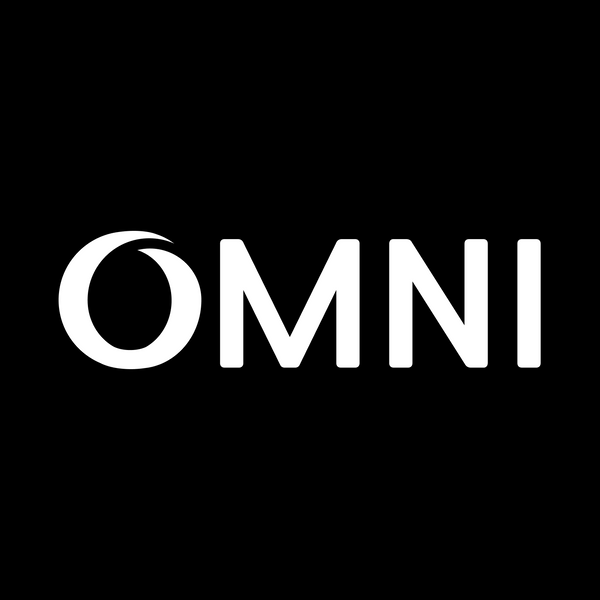Chapter 3: From Readings to Rituals: How to Use Your EnerQi to Master Every Day
Understanding your EnerQi Score and Flow is the first step. The next, and most crucial, is using that intelligence to make strategic decisions. This chapter is dedicated to answering the most important question: "What do I do with this information?"
3.1 Interpreting Your Real-Time EnerQi Score
Your real-time score is an immediate briefing from your body. Whenever you open the App, here's how to interpret it:
-
Ready for Challenging Tasks (70%–100%): Indicates your body is fully restored, resilient, and primed to take on challenges. This is a day to lean in. Tackle your most cognitively demanding tasks, push your limits in a workout, or schedule that critical creative session.
-
Good for Routine Activities (40%–69%): Your body is in a good state, ready to handle your normal daily activities. While you may not be at 100% peak condition, you have ample resources to be productive and focused. This is a day to execute your plans with confidence, relying on your established routines.
-
Recharge Recommended (0%–39%): This is not a verdict for a "bad day," but a critical piece of intelligence. Your body is signaling that its energy reserves are significantly depleted. This could be due to accumulated sleep debt, high stress, or even an early sign of illness (for example, a score of 20-30 often means your body is diverting significant resources to fight off an infection). Today, your top priority is recovery. Focus on the 1-2 most essential tasks and postpone the rest. Proactively schedule breaks and opt for restorative activities like a walk or meditation instead of a high-intensity workout.
3.2 Aligning Your Schedule with Your EnerQi Flow
The true power of Omni Health comes from aligning your schedule with your unique EnerQi Flow. It's important to remember that everyone's energy curve is different. You might be an "early bird" who peaks in the morning, or a "night owl" who comes alive in the afternoon. The key is to identify your own energy peaks and troughs, then flow with your biological rhythm instead of fighting against it.
Here are some examples of how to make decisions using your personalized curve:
-
Harness Your Energy Peak: When your EnerQi Flow predicts a major energy peak (whether it's in the morning or afternoon), this is your golden window for "deep work." Protect it on your calendar, turn off notifications, and use it to write that critical strategy document or solve a complex programming problem.
-
Navigate Your Energy Trough: When you see an energy trough approaching, this is the worst time to schedule a high-stakes brainstorming session or try to power through a tedious report. Instead, use this time for low-energy tasks like clearing your inbox, organizing files, or taking a 15-minute walk outside.
-
Catch Your Second Wind: If your curve predicts a second, smaller energy peak, this is the perfect time to make follow-up client calls, collaborate with your team, or finish remaining tasks, ending the day strong instead of fading out.
3.3 The EnerQi Cause & Effect Playbook
You are not a passenger on this journey; you are the driver. Your daily choices have a direct and measurable impact on your energy. This playbook is the user manual for your own biology.
| Action: The Lever You Control | Scientific Reason (Simplified) | Impact: The Effect on Your EnerQi Flow |
| Diet: Choose a high-protein, low-glycemic index (GI) lunch (e.g., grilled chicken salad) over a high-carb meal (e.g., pasta or pizza). | High-GI carbs cause a rapid blood glucose spike and a subsequent crash, a primary driver of post-meal fatigue. | A balanced lunch helps prevent the glucose rollercoaster, shortening and shallowing your afternoon energy trough and helping you avoid the "food coma." |
| Activity: Take a 10-minute walk after a high-stress meeting or a period of intense focus. | Physical movement helps metabolize and clear stress hormones like cortisol and increases blood flow to the brain, improving cognitive function. | This simple action can buffer the negative impact of stress, helping to preserve your EnerQi score and prevent a sharp, premature drop in your energy curve. |
| Cognitive Load: Align your hardest mental tasks with your predicted energy peaks. | During your circadian peaks, your brain has the most available neurochemical resources for executive functions like focus, problem-solving, and creative thinking. | Working with your brain's natural rhythm maximizes productivity and reduces the perceived effort of a task, which in turn preserves your finite energy reserves for later in the day. |
| Caffeine: Drink your coffee between 9 AM and 11 AM instead of immediately upon waking or in the afternoon. | Caffeine has a half-life of 4-6 hours and works by blocking adenosine (sleep pressure) receptors. Consuming it during your natural peak enhances its effects, while late-day use can disrupt sleep architecture. | Morning coffee can amplify your energy peak. Afternoon coffee may artificially lift you out of a trough but is likely to interfere with getting a night of high-quality, restorative sleep, impacting tomorrow's EnerQi Score. |
| Alcohol: Have a glass of wine or beer with dinner. | While it may feel relaxing initially, alcohol is a central nervous system depressant that severely fragments sleep, suppresses restorative REM sleep, and elevates your heart rate throughout the night. | This disruption to your sleep architecture and nervous system recovery will almost certainly lead to a significantly lower starting EnerQi score the next day, regardless of how long you slept. |
| Light: Get 20 minutes of bright (≥2,000 lux) morning light or use a light therapy lamp. | Sunlight is the most potent environmental cue (zeitgeber) for resetting the master body clock in your brain. | This powerful signal can advance and heighten your morning energy peak, helping you feel sharp and alert sooner. |
